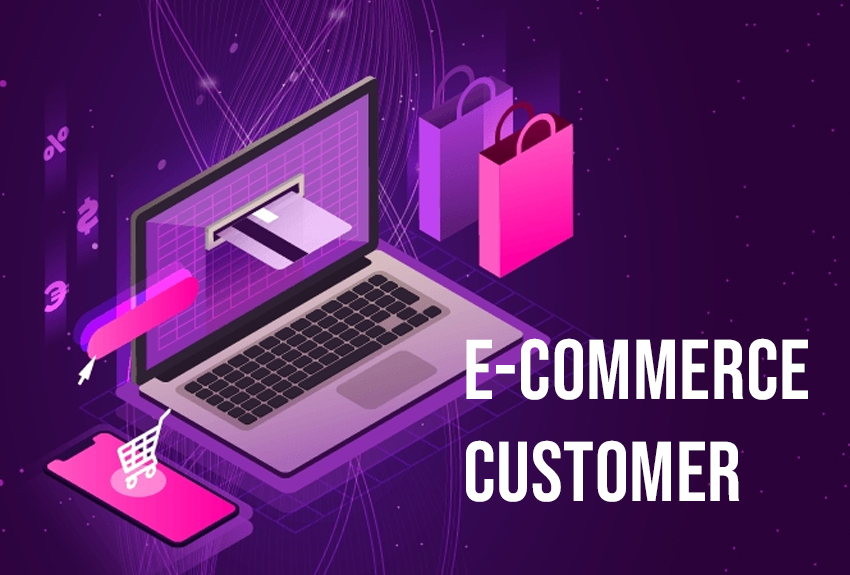Entrepreneurs and businesses have real reasons to center their business model around eCommerce. With consumers spending much of their day online, especially since the beginning of the pandemic, eCommerce has become the primary source of sales revenue for businesses from all sectors of the economy. However, generating online sales is not necessarily as simple as building a website and uploading products for browsing and purchasing.
In order to create a streamlined, efficient and, ultimately, profitable eCommerce store, you may first need to build off of an existing software application.
Various eCommerce applications exist on the market to build off of, but here we will focus on the software application Shopify.
What is Shopify? How Does the Software Help You Build an eCommerce Store?
eCommerce has been around since the early days of eBay and Amazon, but the technology for buying and selling online has developed significantly since then. One such program is Shopify.
Put simply, Shopify is an eCommerce application you can use to build a custom, public-facing eCommerce store. Your customers will not actually buy your products on ‘Shopify’ itself. Rather, you will create an eCommerce platform that has its own unique design and feel, and Shopify will enable you to perform key sales operations like presenting inventory, selling products, receiving payments, and so forth.
Shopify offers you a canvas, brushes and paint, and based on the ethos and requirements of your business you can present a custom eCommerce store, painted to your exact specifications. But first, we can define a few key terms.
What is an ERP?
An ERP is a business software application that allows a business to automate key business processes. The ERP works with a central database to store, analyze, and present data within the internal side of a company.
The ERP is like the motherboard for data-sharing, reporting and analysis within a company.
Though the ERP often represents the central database and associated business functions, the ERP is more like an umbrella, rather than a single tool. Under the umbrella exists the various functions for analysis, report generation and data-exchange that a business needs to run efficiently. For a company with an eCommerce component, the ERP usually possesses individual modules for operations such as financial accounting, product manufacturing, Customer Relationship Management (CRM), marketing, human resources, and sales to name a few.
Inventory Management Strategies and ERP’s
When you begin to build your Shopify store, you first need to have an inventory management system. If you are selling products online, you will likely have a large amount of inventory to keep track of. Without an ERP or a CRM, both of which are software to manage internal data like inventory, your team may be forced to keep track of sales and inventory on Excel spreadsheets.
As your business grows, so will the number of sales, deficit, inventory and payment information you must keep track of. When building your eCommerce platform, you will reach a point where manually inputting changes no longer proves feasible. Automatically synchronizing your internal product stock with your Shopify store becomes a priority when manual input leads to human error or starts to put a strain on your team’s bandwidth.
Shopify does not start off knowing how much inventory you have – rather, the store can only sell items and receive payments for the items within its own inventory. Therefore, you must eventually link your Shopify eCommerce store with your CRM or ERP in order to ensure a smooth, up-to-the-minute data exchange between your internal systems and your public-facing online store.
How does data exchange help your company? Data exchange…
- Reduces problems associated with human error
- Allows you to reduce the amount of work you assign your team, and thus lets your team work on customer service, marketing and sales leads
- Removes issues associated with high product turnover: the products the customer sees on your eCommerce site accurately reflects your available stock
What Data Does a Shopify Store Share with Your CRM/ERP? How Does it Make Your Life Easier as a Business?
Shopify does not immediately know how much inventory you have – rather, it can only sell items and receive payments for the items within its own inventory. However, you can link the two with a custom software like an API to enable free synchronization.
To do so, your team will need to undergo:
- Analysis of needs and the beginning phase:- During the beginning phase, the client will work with a software developer like OST to clarify project requirements and the exact software (which ERP or CRM and which eCommerce site) that will be linked. Here, the developer will establish the software’s intended purpose: indefinite, automated synchronization between the two entities. Using an API, the developer will begin the linking phase.
- Configuring data sharing from the ERP to the eCommerce site:- From the ERP, the eCommerce store will receive large amounts of data. Examples of this data include but are not limited to billing and shipping information, order information, which products to upload, which products to delete, which images to present, which pickup locations to offer (if relevant), order fulfillment confirmations, Shopify orders, Shopify variants, and order cancellations.
- Configuring data download from the eCommerce site to the ERP:- From the Shopify eCommerce website, the ERP will receive data such as Shopify order data, Shopify customer data, Shopify order fulfillment data, cancelled purchases, abandoned carts, inventory of warehouses and/or physical sales locations, among other types.
How Can OST Help You Build a Shopify eCommerce Store?
If you are an entrepreneur or business with no experience in eCommerce, or even if you have an existing eCommerce platform, developers like OpenSource can help you initiate an ERP-Shopify API synchronization. Regardless of if you have a non-existent online sales infrastructure, a fully built-out eCommerce store, or find yourself somewhere between the two, help is on the way. OST’s team of Shopify experts can help you take the burden of data input off of your team, improve your customers’ user experiences, and build a meaningful stream of revenue through eCommerce.




